1 May 2025
How these high-end vehicles broke new ground in terms of design and tech
Vehicle manufacturers are constantly trying to move the dial in order to set their models apart, but what are the cars that set the benchmark and gave their rivals something to think about?
Mercedes-Benz S-Class (W140)

The S-Class has had multiple iterations, and all have something to shout about, but it is the W140 that made the automotive world sit up and listen when it went on sale in 1991. It was packed with all manner of kit to make life quite lovely. In amongst the plethora of wood and leather in a sumptuous cabin, the exhaustive kit list demonstrated the commitment to comfort: electrically operated memory seats, four-zone climate control, parking sensors, soft-close doors, double glazed windows, rain-sensing wipers, an electrically operated rear sunshade and an option to have a factory fitted phone. If safety was a priority, then Merc had that covered too with traction control and ESP, ABS, multi-link suspension all round and rear self-levelling suspension. If economy was your thing the S-Class was available with a comparatively frugal Turbo Diesel engine – a first for the S-Class and somewhat revolutionary for the luxury segment.
Lexus LS400
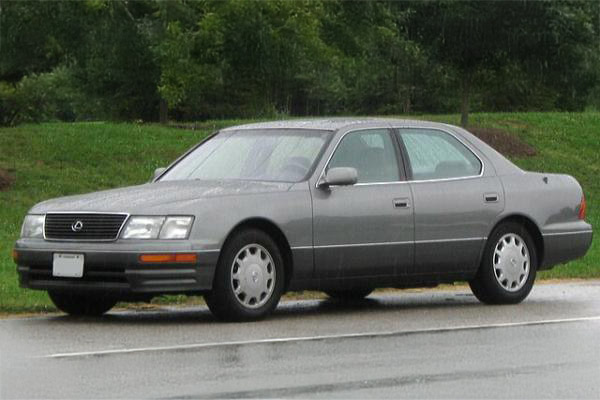
Launched in 1989, the Lexus LS400 was a direct rival to the Mercedes-Benz S-Class and predictably the one-upmanship in terms of kit was a result. Dual-zone climate control, rear cupholders, an optional in-dash CD changer and an electric memory steering wheel that would serenely extend to your favoured position when you turned the key and then go back once you got out of the car. In terms of outright innovation, it was hard to beat. The LS400's dashboard featured Optitron gauges that offered a three-dimensional effect and reduced eye strain, which was something of a revolution and, added to that, it was the first production car to feature a proper collapsible steering column. Meanwhile, it was not just the end result that was breaking new boundaries: the LS400 was constructed using laser welding techniques, which contributed to the car's strong and durable body shell, while the second-generation LS400 was the first to use the VVT-i (Variable Valve Timing with Intelligence) system, a first for V8 engines.
Aston Martin Lagonda Series 2
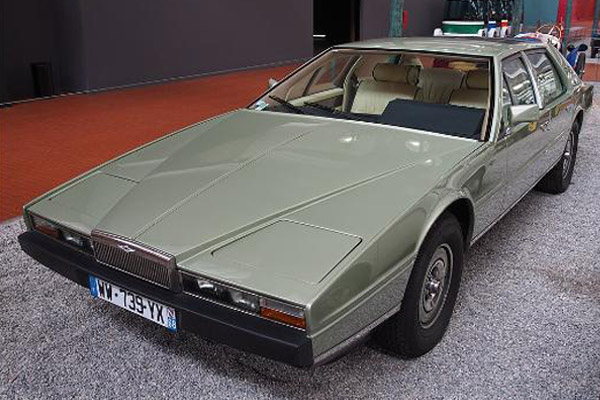
When the Series 2 Lagonda was unveiled at the London Motor Show in 1976, there was a media storm. It was unlike any other Aston Martin that had gone before: the wedge design, pop-up headlights, LCD dashboard, and touch-button controls combined to deliver ‘a car for the future’. However, the future wasn’t particularly kind to the Lagonda: deliveries did not start until 1979, and the mercurial interior controls and dashboard were about as reliable as the 70s England football team. Sense prevailed and the state-of-the-art controls were abandoned for stuff… that worked. Still, there was something to be said for the pioneering approach. Aston Martin was prepared to take a risk and enjoy a day in the sun as the media waxed lyrical about what was a revolutionary new car. Yes, it didn’t work and only a handful were sold, but it was worth a punt.
Volkswagen Phaeton
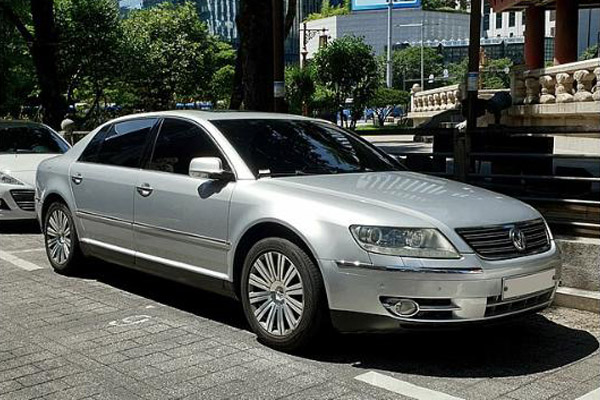
Volkswagen was not a luxury brand per se: it produced quality, reliable vehicles that suited British tastes very well, so the first Phaeton, with its high level of comfort and innovative drive systems was something of a departure. The aim with the Phaeton was to achieve a ‘halo effect’ for the whole brand and the project, launched by former Volkswagen Chair of the Board of Management Ferdinand Piëch at the end of the Nineties, was ambitious right from the start. He wanted to open up a new market segment for Volkswagen with a luxury saloon and at the same time take the brand to a new level. A long wheelbase yielded plenty of interior space and, anxious to gain PR capital, VW called it ‘a mobile lounge’, in which uncompromising quality and premium materials were combined with lovingly arranged technical details. At the start of production in Dresden in December 2001, Ferdinand Piëch said: “In this location we will manufacture Volkswagen’s flagship vehicle in the luxury car segment. It will be possible to both see and feel the finest hand craftsmanship and state-of-the-art technology here.”
BMW 8 Series (E31)
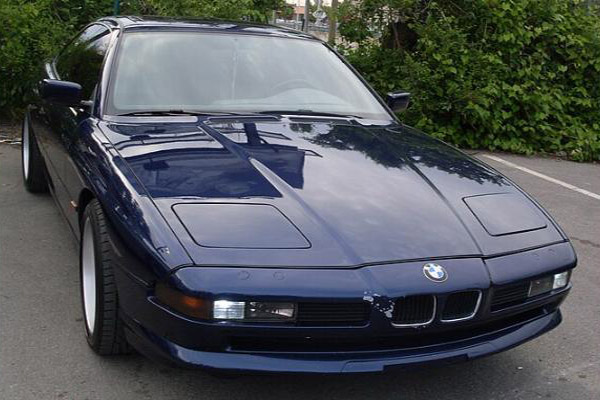
This grand tourer, unveiled at the Frankfurt Motor Show in 1989, had plenty of firsts: it was the first road car to offer a V12 engine mated to a 6-speed manual transmission. It was one of the first vehicles to be fitted with electronic drive-by-wire throttle and also one of BMW's first cars to use a multi-link rear axle. Still, that’s by the by, because the 8 Series was aimed at a new target audience that wanted sportiness and luxury. Although the existing 6 Series did some of that heavy lifting, the 8 was a step up, targeting an untapped market that had plenty of disposable cash and a desire for ‘something different’.
Citroen DS
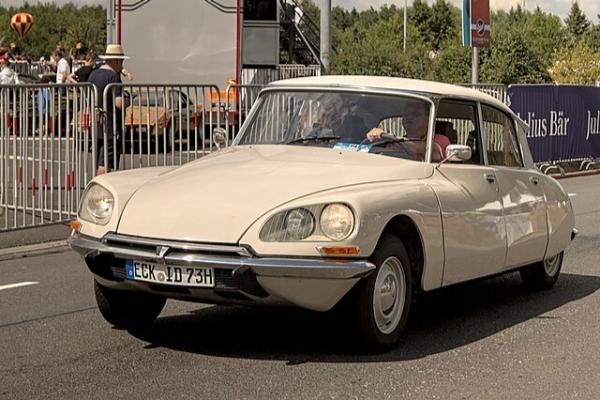
When the DS was unveiled at the Paris Motor Show in 1955 the car-buying world went into a frenzy. Within minutes, 743 orders were taken and, by the end of the day, a total of 12,000 buyers had put their name down on the list. It is fair to describe the Citroen DS as a technological Tour de Force. A groundbreaking hydraulic system, lightweight polyester roof and futuristic dashboard, dictated that the DS would be ahead of its time. Designed by award-winning architect Flaminio Bertoni, the DS featured swivelling headlights that followed the direction of the car, hydro-pneumatic suspension and a semi-automatic gearbox. And it came without a jack – if you got a puncture, you simply pumped up the suspension, propped up the car with a pole in the wheel arch and then replaced the wheel.

COMMENT